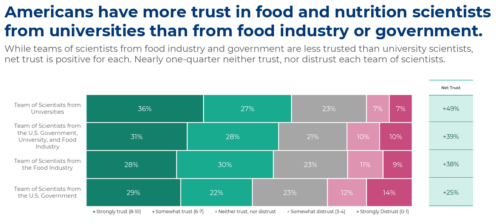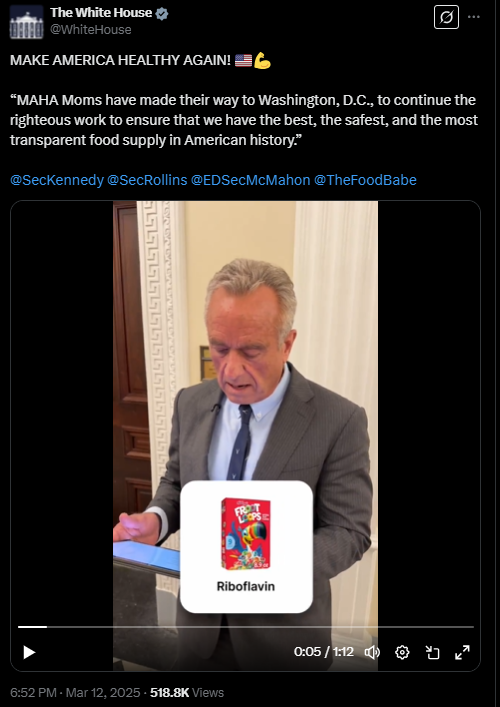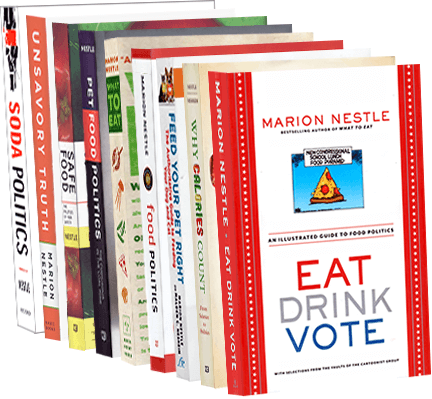Update on plant-based
Here’s a short collection of recent items on the plant-based food market.
- Plant-based watch: What’s the latest on plant-based in food and beverages: The plant-based industry has faced some serious difficulties in recent years. So, what’s next for animal-free foods and beverages. We bring you the latest…… Read mor
Plant-based products
- Is duckweed the next miracle plant protein? Duckweed is far more than just a pond-dwelling plant. It’s a nutrient-dense, easy-to-produce alternative protein…. Read more
- Vegconomist Steakholder Foods advances 3D-printed eel with $250,000 grant installment: Steakholder Foods has received a third payment of $250,000 from the Singapore-Israel Industrial R&D Foundation, bringing the total to $740,000 of a $1 million grant. This funding supports their development of 3D-printed plant-based eel, with recent advancements enhancing flavor and texture.Read More
- PPTI News Planteneers develops plant-based steak, bacon & ham: Plant-based specialist Planteneers and filling and portioning system manufacturer Handtmann have been collaborating to enable customers to offer plant-based steaks or filet strips with fine marbling and an authentic fibrous structure. The product range has now been expanded to include steak varieties, bacon, cooked ham, and carpaccio. Read More
Research
- Plant-based diet linked to good gut health: Could two of the biggest trends in the food and beverage sector be powerful allies? And what opportunities could this create for food and beverage manufacturers?… Read more
- ProVeg International’s latest research assessed 422 plant-based meat and 251 plant-based milk alternatives across 11 countries and spanning four continents. It found that most plant-based products outperformed their animal-based counterparts in terms of environmental impact, using less land and water while generating fewer greenhouse gas emissions. Nutritionally, plant-based meat substitutes were found to contain less saturated fat and more fiber than traditional meats. However, salt content remains a concern…inconsistent fortification and high salt and sugar levels remain challenges for the industry.
- A multicriteria analysis of meat and milk alternatives from nutritional, health, environmental, and cost perspectives (PNAS 121 (50) e2319010121. https://doi.org/10.1073/pnas.2319010121): Unprocessed plant-based foods such as peas, soybeans, and beans performed best in our assessment across all domains. In comparison, processed plant-based products such as veggie burgers, traditional meat replacements such as tempeh, and plant milks were associated with less climate benefits and greater costs than unprocessed foods but still offered substantial environmental, health, and nutritional benefits compared to animal products.
Comment: There is clearly a market for such products and they certainly seem to provide environmental advantages. Whether their taste and texture shortcomings will allow the market to expand significantly remains to be seen.




